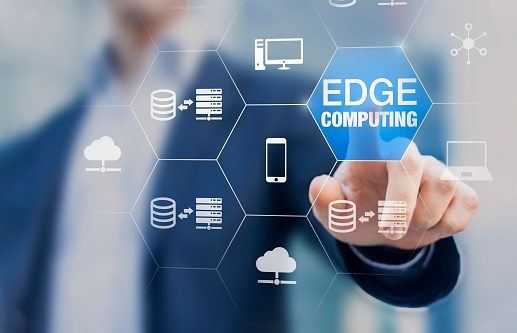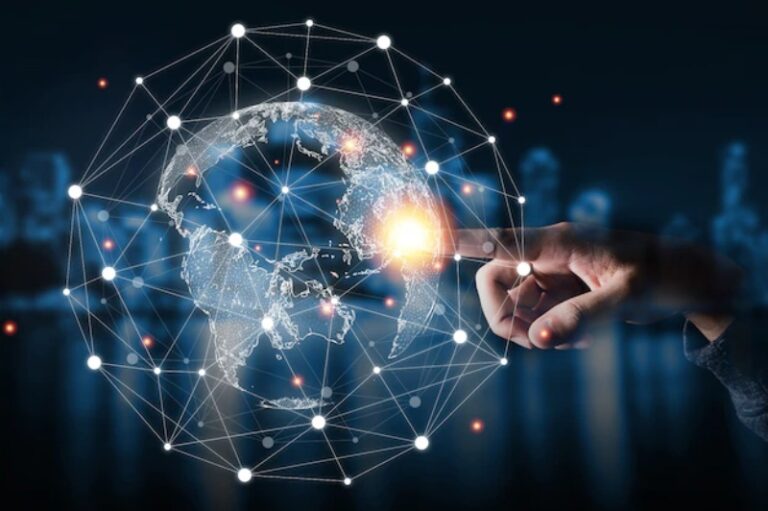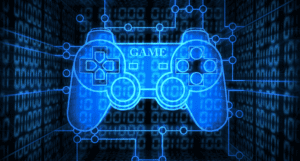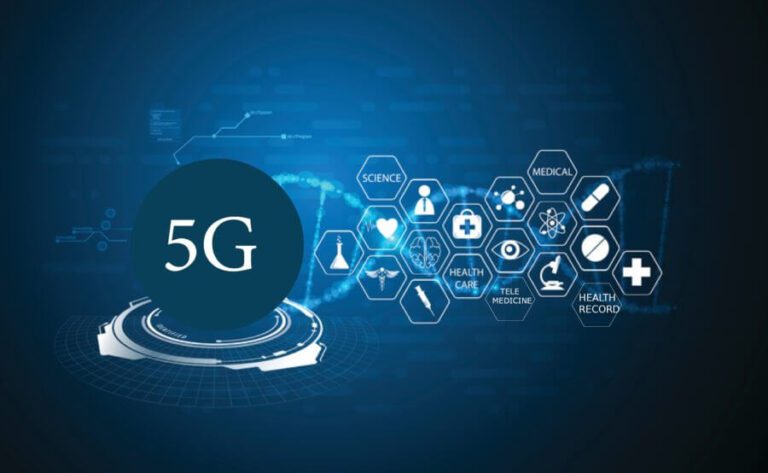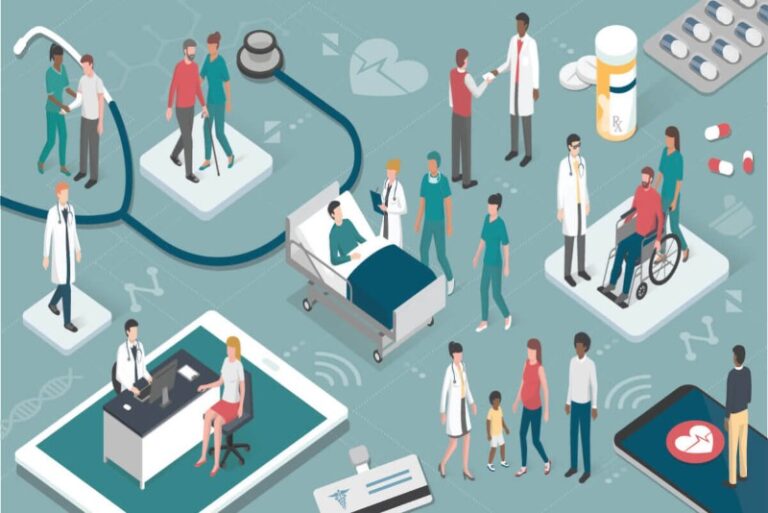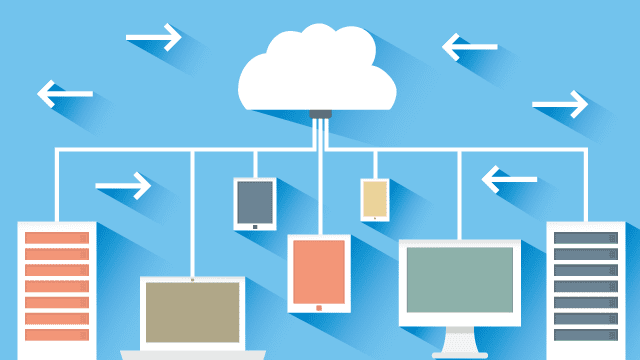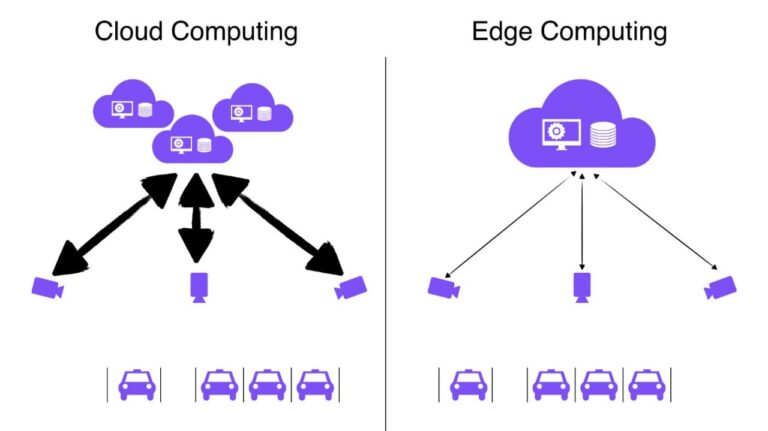Benefits of 5G For Business in App Development
Introduction#
5G in app development will foster an era not only of high-speed internet networks but will also open up various avenues of application development beyond imagination.
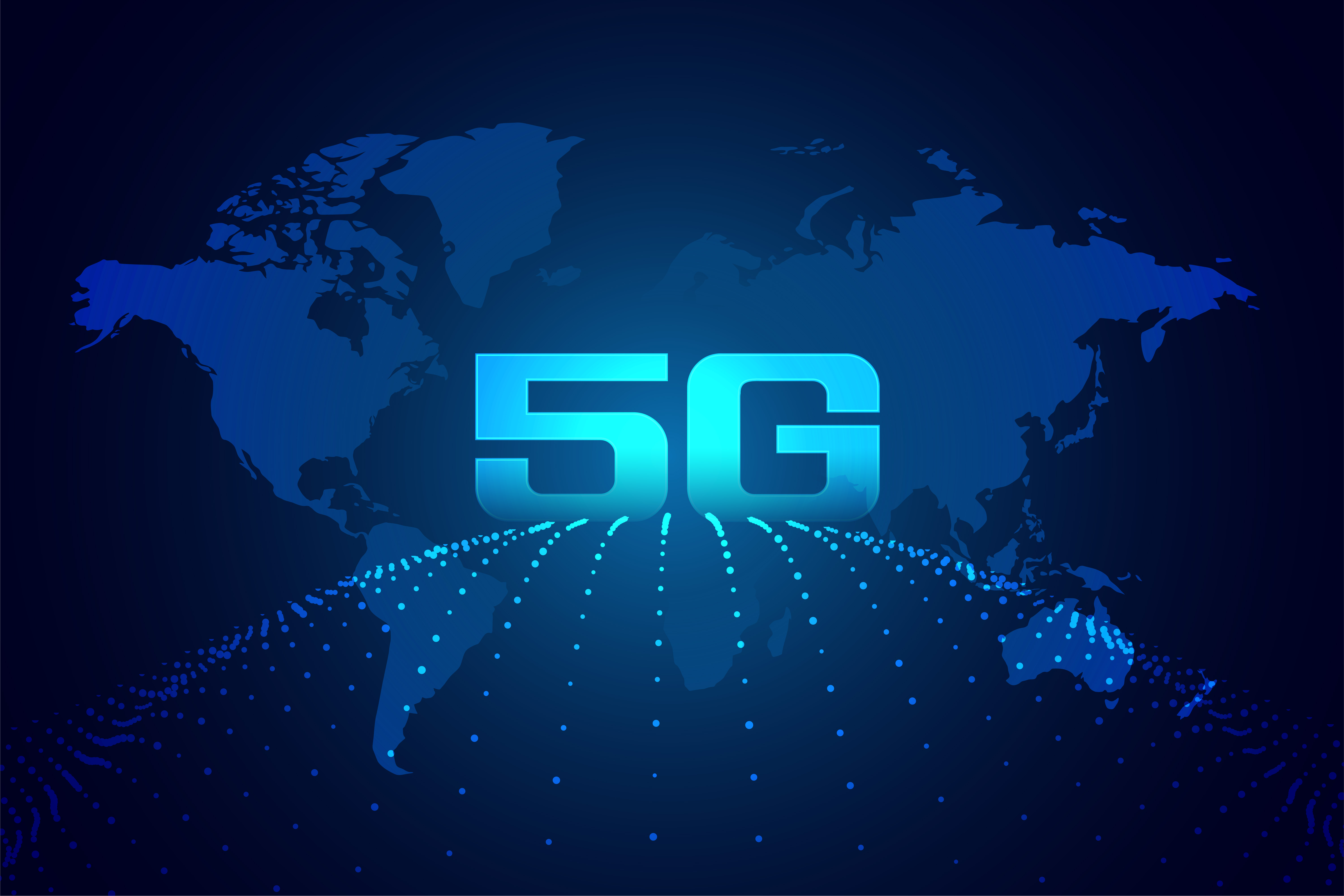
In recent decades, technology has evolved radically, especially in the telecommunication sector. The demand for a fast connection, easy accessibility, and reliability of a wireless network has led us to the development of 5G technology.
Two decades ago, the only way to communicate was through a cell phone or email. But now, technological advancements have provided us with the ability to communicate in a thousand different ways.
According to a survey, by the year 2027, the number of subscriptions for 5G will reach 4.39 billion. There is no doubt that in the near future, 5G will capture the mobile market. The release of 5G will not only affect consumers but also greatly impact the Mobile App Development business.
The release of 5G will provide a ground zero for Mobile App Development businesses to experiment and create new applications to enhance user experience. Read the full article to know more about 5G and how it will benefit App Development Businesses.
5G Explained#
5G is the Fifth Generation of mobile technology after 4G. 5G offers great advancements including high speed, easy connectivity, and many others. It will provide users with the opportunity to transfer large chunks of data in seconds.
5G will have a speed almost 10 times faster than 4G. It provides data transfer speeds up to 10Gbps, whereas 4G only provides data transfer speeds up to several hundred Mbps. This technology will open new gates for business in app development.
With this technology, user experience will enhance greatly, providing a fast and reliable network. New applications will emerge that will help solve daily problems more efficiently.
Features of 5G#
To understand the benefits of 5G in App Development, one must understand its features first. Here are some of the amazing features of 5G technology:
Increased Speed#
5G provides an amazing speed of 10Gbps. This speed is the highest anyone has ever used till now. It is 100 times faster than current speeds. This speed will help users download a large amount of data in a couple of seconds.
5G will change the world completely with all of its amazing features. This fast speed, when combined with emergency systems like car boxes or other devices, will also save lives.
Low Latency#
5G provides users with a low latency feature that ensures a lag-free experience. 5G reduces the possibility of any delay to help users perform real-time tasks with ease. This feature will help users perform any online task without network interference, such as taking an online test or having an online meeting.
Improved Connectivity#
4G is not capable of handling connectivity with the current population growth. It only has the capability of handling several thousand devices in the same area. 5G is way ahead in connectivity.
It has the capability of handling millions of devices in the same area without any network interference.
Wide Bandwidth#
5G provides the opportunity to transfer data over a variety of frequencies. Users will be able to use all spectrums including low band, high bands, and mid bands to increase efficiency.
Benefits of 5G in App Development#

Implementation of IoT#
With the seamless connectivity of 5G, it will be easier to share data across devices. This will provide an opportunity for developers to create more applications around IoT. Large chunks of data will be shared easily to help create a perfect IoT environment.
With 5G, these devices will be able to run more efficiently, consuming less power and working on a range of bandwidths.
Media-Rich Experience#
5G is expected to provide a rich experience in all kinds of media (audio, video, picture, etc.). With its high speed and low latency, users will be able to enjoy a delay-free experience at a much higher speed. Videos in 4K will be watched without any lag.
Video calling will offer a different experience with 5G. Users will be able to enjoy long-distance, lag-free video calls for hours. Developers will be able to incorporate high-quality videos to showcase features to their users.
Incorporation of AR and VR#
AR and VR services in an application work by connecting to a server online and processing available data online to give users results. However, 4G does not provide enough speed to process that much data on online servers for AR and VR.
With the amazing features of 5G, such as high speed and low latency, developers will be able to correctly incorporate AR and VR technologies into their applications. With innovative 5G technology, data will be processed on the server in seconds, allowing users to enjoy these technologies from anywhere.
Improved GPS Accuracy#
GPS-based app development will assure accuracy. With the current 4G network, information exchange is limited and slow. But with the wide connectivity and high-speed features of 5G, GPS-based app development will assure 100% accurate GPS results.
These results will be used by EVs (Electric Vehicles) to improve their efficiency.
Smart City Apps#
With new 5G technology, smart cities will be built. Millions of devices will be interconnected, and data will be shared across devices. All of this will be possible through the connectivity and speed of 5G. This will create an opportunity for app developers to create thousands of apps to share and process different kinds of data.
This data sharing in smart cities will help authorities save lives by preventing accidents, solving crimes, and more.
Conclusion#
New technology is knocking on the door. Soon, 5G technology will take over the world just like 4G. With this technology change, a demand for applications will be created in the market. 4G will not be able to meet these new consumer demands. At that time, businesses in app development will thrive. Every day, a new application will be released to improve the user experience.
5G, with its high speed, connectivity, and low latency, will revolutionize the world. Big data chunks will be transferred in seconds. Streaming will be smoother than ever. New technologies will be incorporated into your smartphones, leading to a significant technology shift.
Here's the video format for this article: https://www.youtube.com/watch?v=UzhqBWTOzaI
